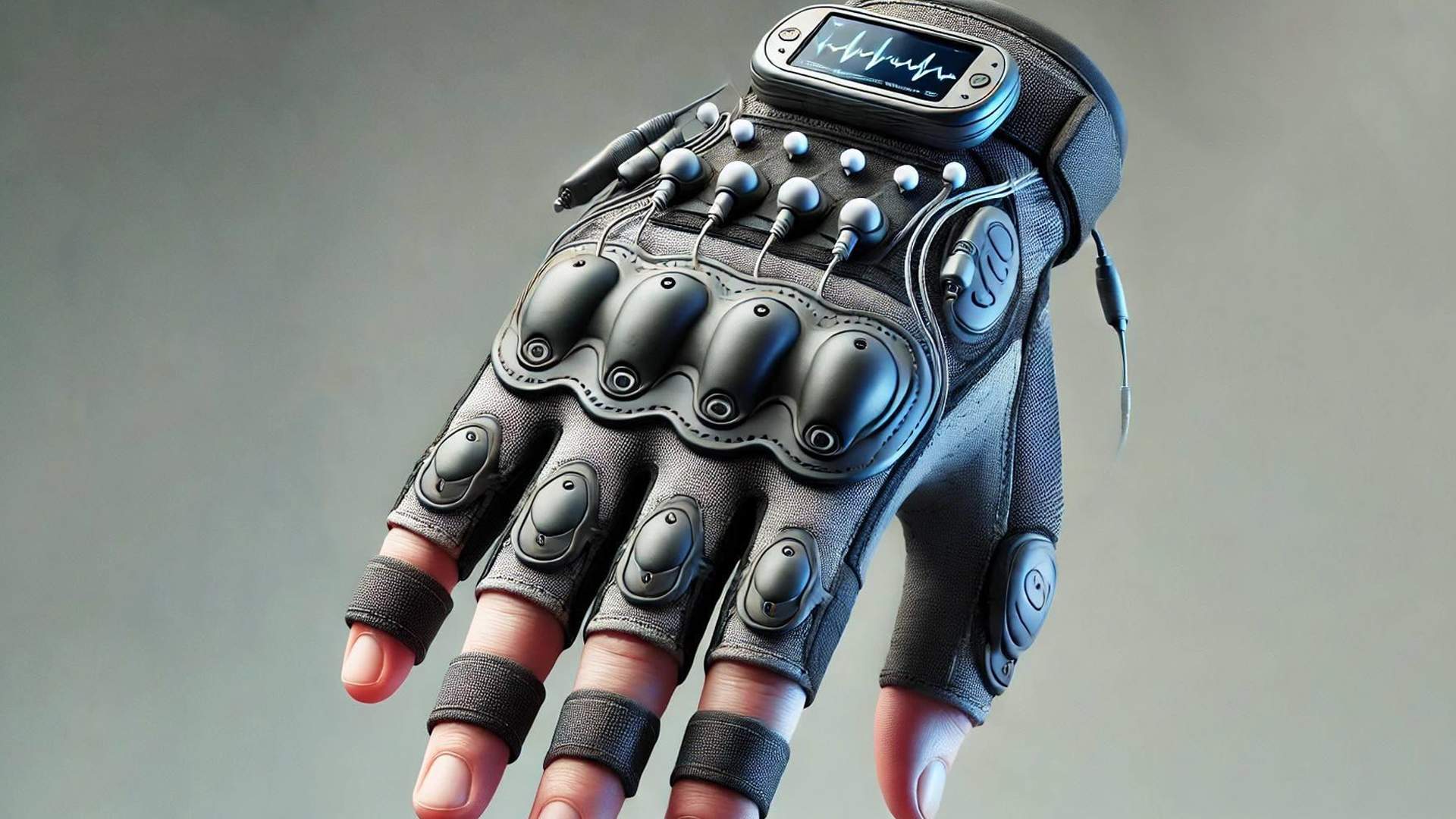- Статьи
- Science and technology
- Hand with help: the glove will identify the precursors of an epilepsy attack
Hand with help: the glove will identify the precursors of an epilepsy attack

Schoolchildren, under the supervision of specialists from Tyumen Industrial University, are making the first glove in the Russian Federation that will be able to track unusual motor activity and warn people with epilepsy about an impending seizure. It has built-in sensors that record the user's motor activity. The development can analyze data in real time and send notifications to the smartphone when suspicious patterns are detected. Experts noted the usefulness of the technology, but stressed that it is too early to introduce it to the medical equipment market without proper scientific validity and verification in real conditions.
How schoolchildren made a smart glove
Russia has created a glove that can track unusual motor activity and warn people with epilepsy about an impending seizure. This was reported to Izvestia by the NTI press service. The project is being implemented by students in grades 5-8 as part of the educational trajectory of the School of Engineering Reserve (SHIR) of Tyumen Industrial University.
— The glove has built-in sensors that record the user's motor activity. They track the characteristic movements that may precede or accompany an epileptic seizure. This allows you to analyze data in real time and send notifications when suspicious patterns are detected," Magomedrashid Hajiyev, the head of the SHIR, told Izvestia.
When a risk of an attack is detected, the glove sends notifications to the smartphone of the user's loved ones or to emergency services through the app, and the built-in GPS helps to quickly determine the location of a person. It is assumed that a special software package for data processing will use machine learning algorithms to identify abnormal movements characteristic of epileptic seizures. The developers have also provided for the possibility of integration with medical systems.
— The project is currently at the stage of prototyping. We continue to work on the software and improve the glove to obtain more accurate data. Negotiations with medical institutions on conducting clinical trials and confirming the effectiveness of the device are not underway yet, but we plan to contact them in the near future," said Magomedrashid Hajiyev.
According to him, there are developments in the world aimed at monitoring epilepsy using wearable devices, but it is a glove with a focus on fine motor skills as a predictor that is a rarer and niche approach in which the authors of the idea see accuracy and convenience. Determining an approaching epileptic seizure by body movements is at the intersection of medicine and artificial intelligence. A number of studies confirm that by analyzing movement patterns (including micro-movements, gait instability, and body position changes), it is possible to identify the precursors of an attack.
The analysis is based on data from wearable devices (accelerometers, gyroscopes), as well as machine learning, which allows us to identify patterns in body behavior before an attack. Such systems are already showing encouraging results in laboratory settings and in pilot medical projects. However, it is important to note that this is not a 100% replacement for medical diagnostics, but rather an additional early warning tool, Magomedrashid Hajiyev emphasized.
Smart socks and the wearable device market
A glove to prevent epileptic seizures is a logical step: the hands are the first to react to changes in fine motor skills. However, there is an alternative, such as smart socks, Evgeny Sobolev, co-founder of biotech startup studio Scanderm and market expert at NTI Helsnet, told Izvestia.
— They were invented in the UK for dementia sufferers, they recognize signs of stress and transmit the data to the phone to the caregiver. If you think about it, socks are less noticeable, do not interfere with everyday life, and can eventually detect gait disorders or foot pressure — these are also important markers. The main issue is the balance between accuracy (hands provide more data) and convenience (socks are easier to wear)," the expert noted.
The problem for people with epilepsy is not that they are unaware of the possibility of an attack, but that they cannot independently recognize its precursors and warn others in a timely manner. The Russian device being developed solves exactly this problem, becoming an automatic alarm for an upcoming seizure and an important tool for patient socialization, said technology broker Alexander Morozov-Perovsky.
— The value of the development is that it allows you to build individual methods of interrupting an attack and inform your loved ones by transmitting geolocation. This is critically important, because it is extremely difficult to independently identify the precursors of an attack from the inside — involuntary movements are often not realized by the patient himself," the specialist said.
The Russian market for wearable medical devices is actively growing, and monitoring systems for various diseases are emerging, the specialist added.
Despite the innovative approach, the development of gloves for the prevention of epileptic seizures raises certain doubts, said Alexander Zakharov, an expert at the NTI Center based at SamSMU.
— Firstly, the effectiveness of the device directly depends on the accuracy of algorithms that detect suspicious patterns in motor activity. Epileptic seizures can manifest themselves in a wide variety of ways, and motor activity cannot always be unambiguously associated with their precursors. Therefore, there is a risk of false alarms or, conversely, missing an important signal, which can reduce the reliability of the device and its usefulness in real life," he noted.
In addition, it is important to consider that such devices require rigorous clinical trials and long-term monitoring to confirm their effectiveness. Without scientific validity and verification in real conditions, the glove may not meet expectations and may not provide the necessary level of safety for patients, the expert concluded.
Переведено сервисом «Яндекс Переводчик»







